 Tomorrow, if all goes well, a small army of engineers, technicians and mariners will attempt to roll the stricken cruise ship, Costa Concordia, upright from where she sank on the island of Giglio on January 13, 2012. Once upright the ship will be refloated and towed to a scrap yard. If successful, it will be the largest intact salvage of any ship in history.
Tomorrow, if all goes well, a small army of engineers, technicians and mariners will attempt to roll the stricken cruise ship, Costa Concordia, upright from where she sank on the island of Giglio on January 13, 2012. Once upright the ship will be refloated and towed to a scrap yard. If successful, it will be the largest intact salvage of any ship in history.
The process is called “parbuckling.” Parbuckling is commonly defined as the use of “a kind of purchase for hoisting or lowering a cylindrical burden, as a cask. The middle of a long rope is made fast aloft, and both parts are looped around the object, which rests in the loops, and rolls in them as the ends are hauled up or payed out.” The salvage companies involved in the project have set up a website to explain what will be done – The Parbuckling Project. In this case the Costa Concordia is a very large cask, indeed. See also Parbuckle salvage. Parbuckling has been used successfully to right the battleship USS Oklahoma (BB-37) which was sunk at Pearl Harbor in 1941 and the passenger/ro-ro ferry Herald of Free Enterprise which capsized in 1987. Both ships were significantly smaller than the Costa Concordia.
Fortunately, the ship itself is not quite as heavy as is being reported in the media. There have been repeated references to the Costa Concordia as a “100,000 ton” ship or as a ship that weighs over 100,000 tonnes. Slate is pretty typical in asking, “How Do You Move a 100,000-Ton Capsized Cruise Ship?” (The obvious answer is – very carefully.)
Continue reading →


 Tuesday, September 17 through Saturday, September 21st, we will participating in “
Tuesday, September 17 through Saturday, September 21st, we will participating in “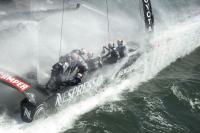 At first it looked like the 34th America’s Cup races would be a route.
At first it looked like the 34th America’s Cup races would be a route. 
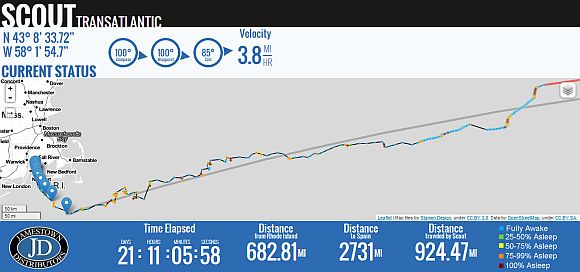 Scout
Scout
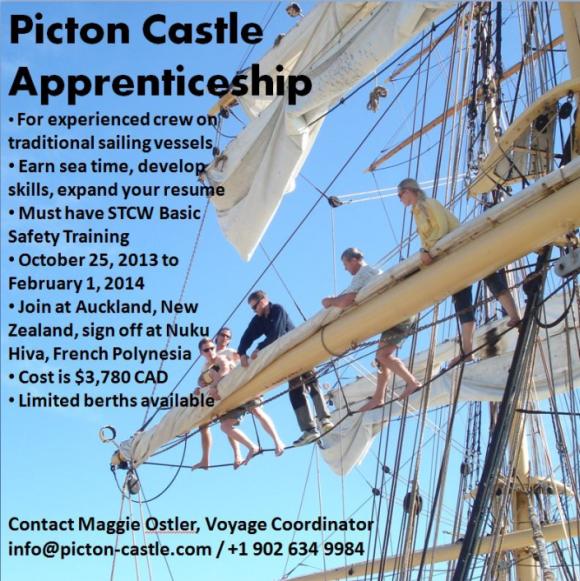
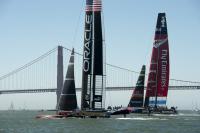

 Of all the things worth remembering on 9/11, one incredible event is often overlooked. After the attack, all the bridges, tunnels and rail lines in and out of New York City were shut down. Somewhere between 300,000 and one million people were trapped trapped in lower Manhattan. Amazingly, perhaps miraculously, they were all evacuated by that evening by a flotilla of ferries, tugs, excursion boats, fireboats, buoy tenders, patrol boats and yachts. The evacuation was unplanned and almost spontaneous. The Coast Guard called for “All available boats,” and all available boats responded, the captains and crews doing what needed to be done. It was truly an
Of all the things worth remembering on 9/11, one incredible event is often overlooked. After the attack, all the bridges, tunnels and rail lines in and out of New York City were shut down. Somewhere between 300,000 and one million people were trapped trapped in lower Manhattan. Amazingly, perhaps miraculously, they were all evacuated by that evening by a flotilla of ferries, tugs, excursion boats, fireboats, buoy tenders, patrol boats and yachts. The evacuation was unplanned and almost spontaneous. The Coast Guard called for “All available boats,” and all available boats responded, the captains and crews doing what needed to be done. It was truly an 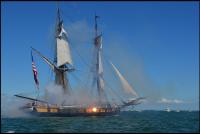 Two hundred years ago today, in what would become known as the
Two hundred years ago today, in what would become known as the 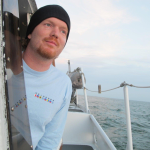
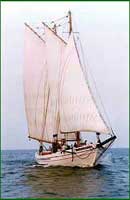 We recently
We recently